Here’s the history, origin, and evolution of poetry:
The origin of poetry dates back to antiquity. Its roots come mainly from the Greek Civilization.
It can’t be ignored that other previous civilizations also cultivated poetry, and many of its traits were transmitted to the present day.
So if you want to learn all about where poetry originates and how it has evolved, then you’re in the right place.
Read on to find out more!
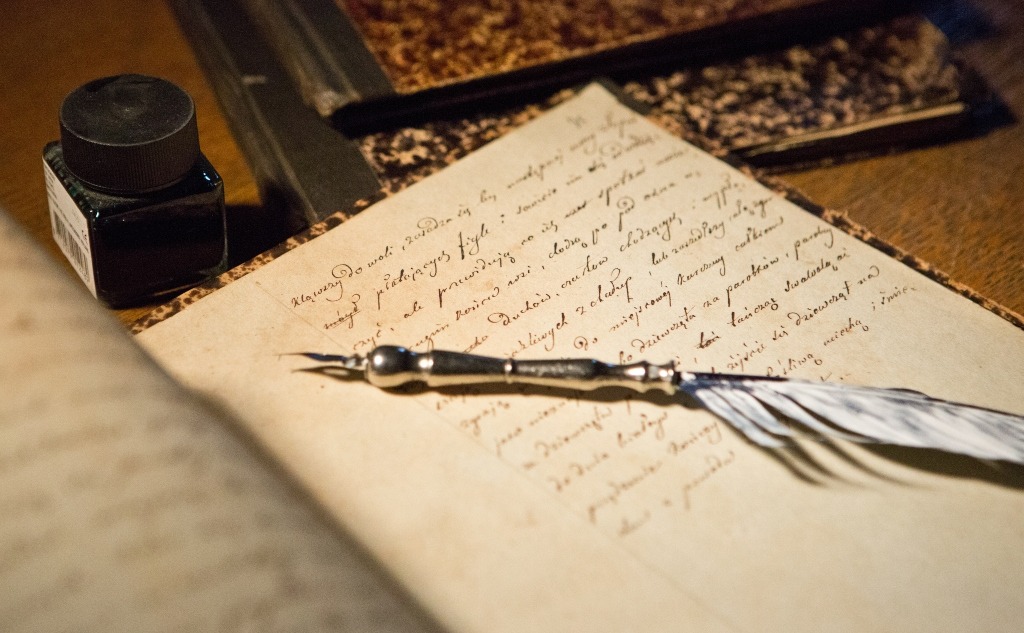
What Is Poetry?
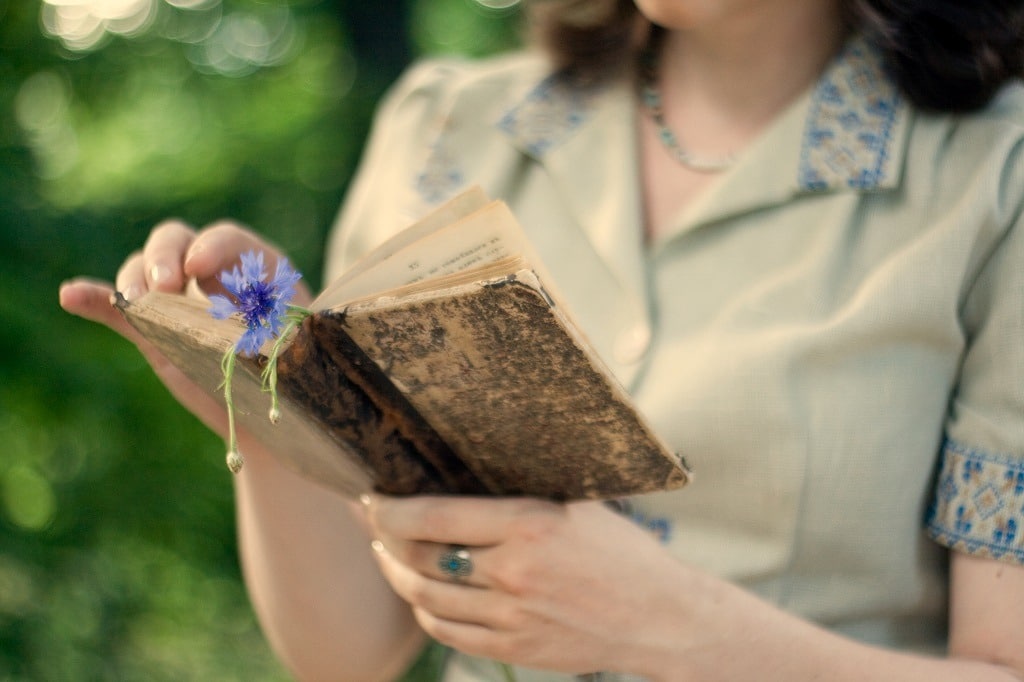
What is poetry? As simple as that question may seem, it’s important to start from here to understand the full meaning of the term.
According to the Oxford Dictionary poetry is a literary work in which the expression of feelings and ideas is given intensity by the use of distinctive style and rhythm.
To this definition, it can be added that, besides being a literary work, poetry is understood as a genre.
Specifically, poetry is the favorite of authors who wish to express beauty, emotions, and feelings in general through the written word in verse or prose.
What Is the Etymology of the Word “Poetry”?
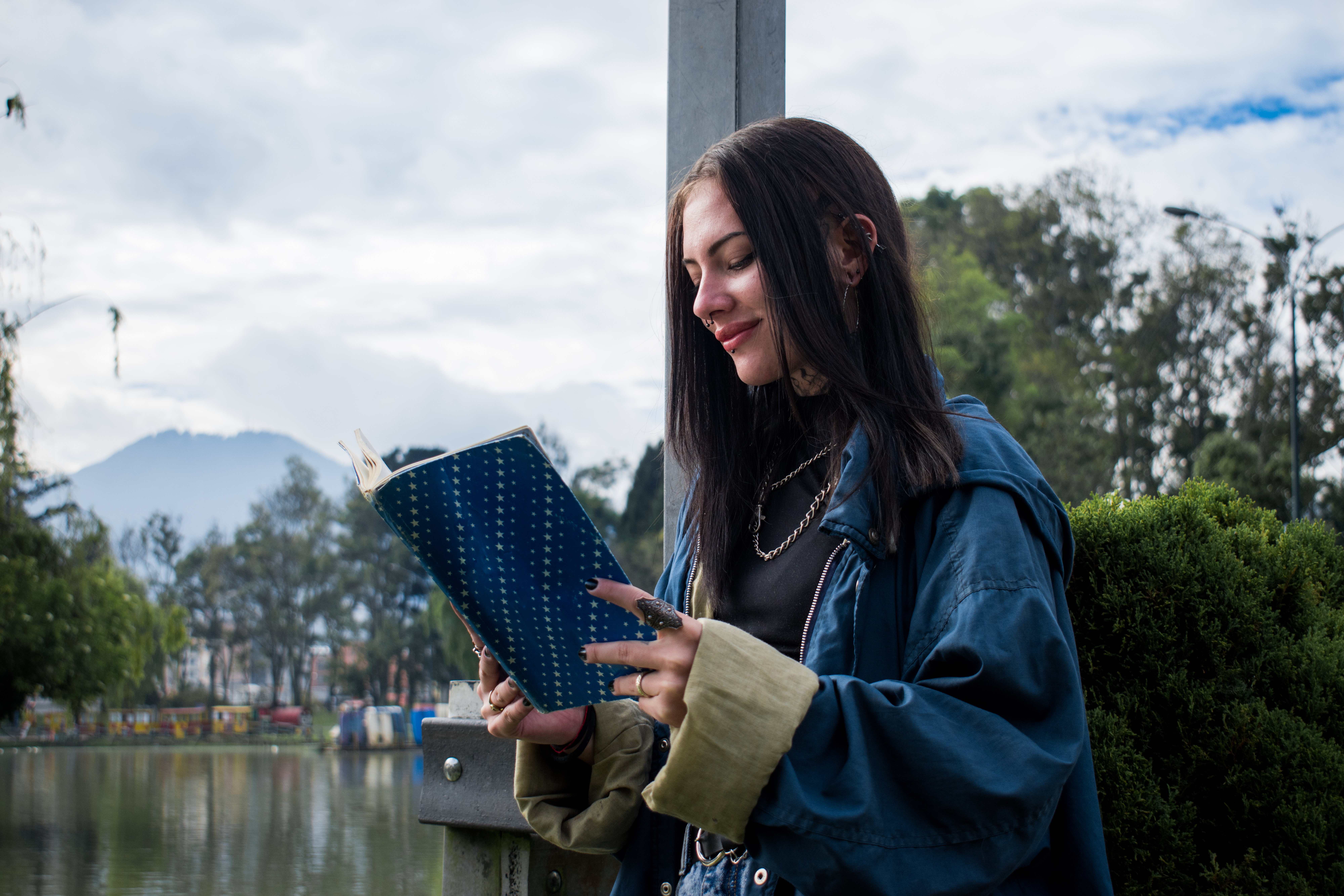
As I told you before, poetry is the manifestation or genre that expresses beauty and aesthetic feeling through the word in verse or prose.
The term poetry dates back to Greek civilization.
Specifically, the word “Poetry” comes from the ancient Greek: ποιεω (poieo) and means: action, to do, to materialize.
Other Latin words were derived from these Greek words, such as poesis ‘poetry’, poeta ‘poet’, poetria ‘poetess’, poética or poeticés ‘poetic work’.
And from there, the term poetry comes to various languages.
What Is the Difference Between Poetry and Poem?
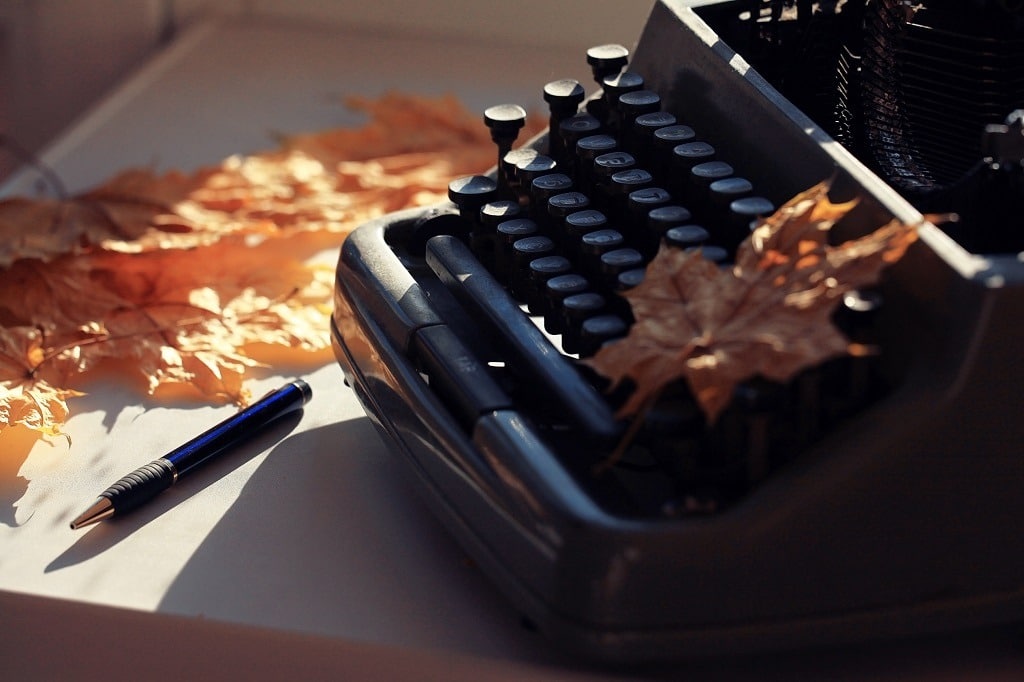
Another of the most frequent questions that exist is, what’s the difference between poetry and poem?
Why do we need both words?
Specifically, it’s a set of texts and poetic compositions.
The Poem
A poem is a literary creation made of arrangements of words that form rhythmic lines.
It can also be described as a composition written in metric feet with elements such as meaning and music.
In addition, it uses both verse and prose.
In this way, it can be seen that both poetry and poem refer to the rhythmic composition written or spoken to communicate beautiful, imaginative, or lofty thoughts and are used in the same context.
Poetry vs. Poem
I propose to see it in the following way: Think of poetry in its Greek meaning “to do, to create”.
Now think of the poem as “something made or created“.
In this way, poetry is the art of creating poems, while the poem is the result of poetry.
That is the main difference.
On the other hand, poetry is also used to describe a group of poems.
It’s the process of creating a literary piece, while the poem is the result of this process.
Another way of looking at it may be to think of poetry as a literary genre and the poem as a literary poetry work.
When Does Poetry Emerge?

Earlier I told you that the term poetry comes from Ancient Greece.
However, you must know that other previous civilizations also cultivated poetry.
Is poetry then even older than Greece?
Yes, it actually is.
Greece is where poetry became more recognizably similar to modern poems, but it wasn’t the very, very beginning.
This may surprise you because many bibliographies point to Greece as the beginning of poetry.
But the truth is that poetry is much older.
The bad news is that it’s impossible to determine the exact origin date of poetry.
Some scholars associate it with the very origin of human speech.
However, this cannot be proven by facts.
On the other hand, many specialists consider some Egyptian hieroglyphs from 2500 BC as poetry linked to religious meaning. Although there is no agreement on this issue either.
What Are the First Known Poems? (4 Civilizations)
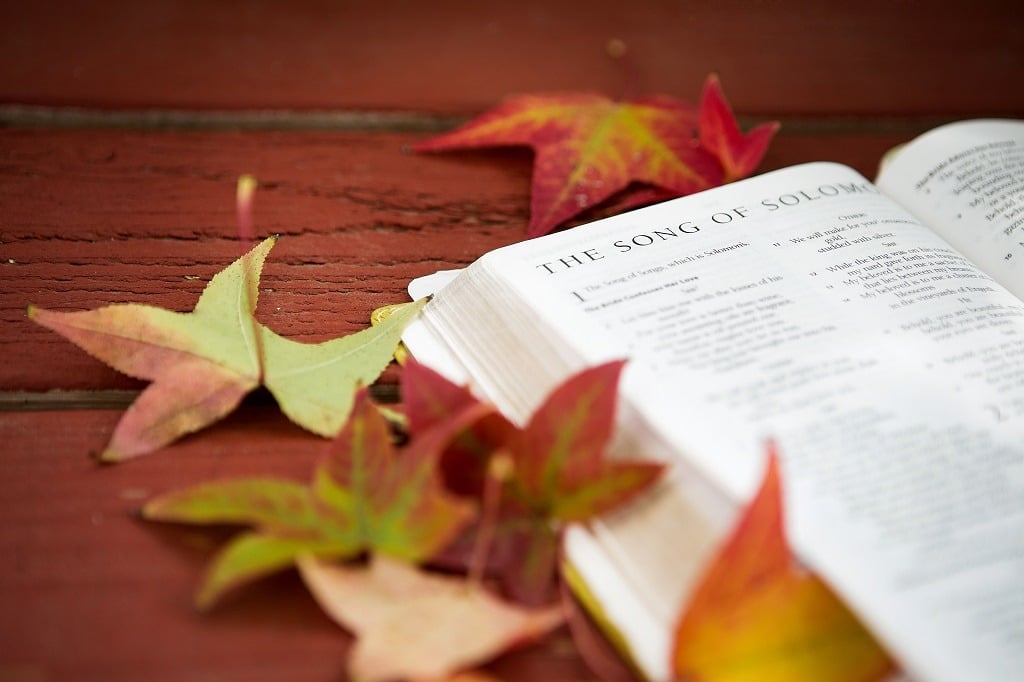
What can be said about the beginnings of poetry is that they go back to antiquity and arise with a ritual and communal character.
Especially in peoples such as the Sumerians, the Jews, and the aforementioned Egyptian civilization.
In these cultures, the composition of songs sought to invoke divinities and celebrate them.
Over time, other non-religious themes such as daily activities, games, heroic deeds, etc., were incorporated.
To delve into this topic, I propose to see what is known as the origin of poetry in some ancient civilizations before Greece.
#1 Sumerian Poetry

The civilization of the Sumerians has the merit of having the oldest poem that is known.
It’s specifically the Poem of Gilgamesh.
The poem is anonymous and is based on Sumerian oral traditions and legends.
Specifically, it tells the adventures of King Gilgamesh of Uruk, who must have ruled around 2500 BC.
It was written on clay tablets approximately 2,000 years BC.
The symbols with which it was written are called cuneiform.
These are wedge-shaped characters, especially the ones that inspired the alphabets of the ancient Persian language.
#2 Acadian Poetry
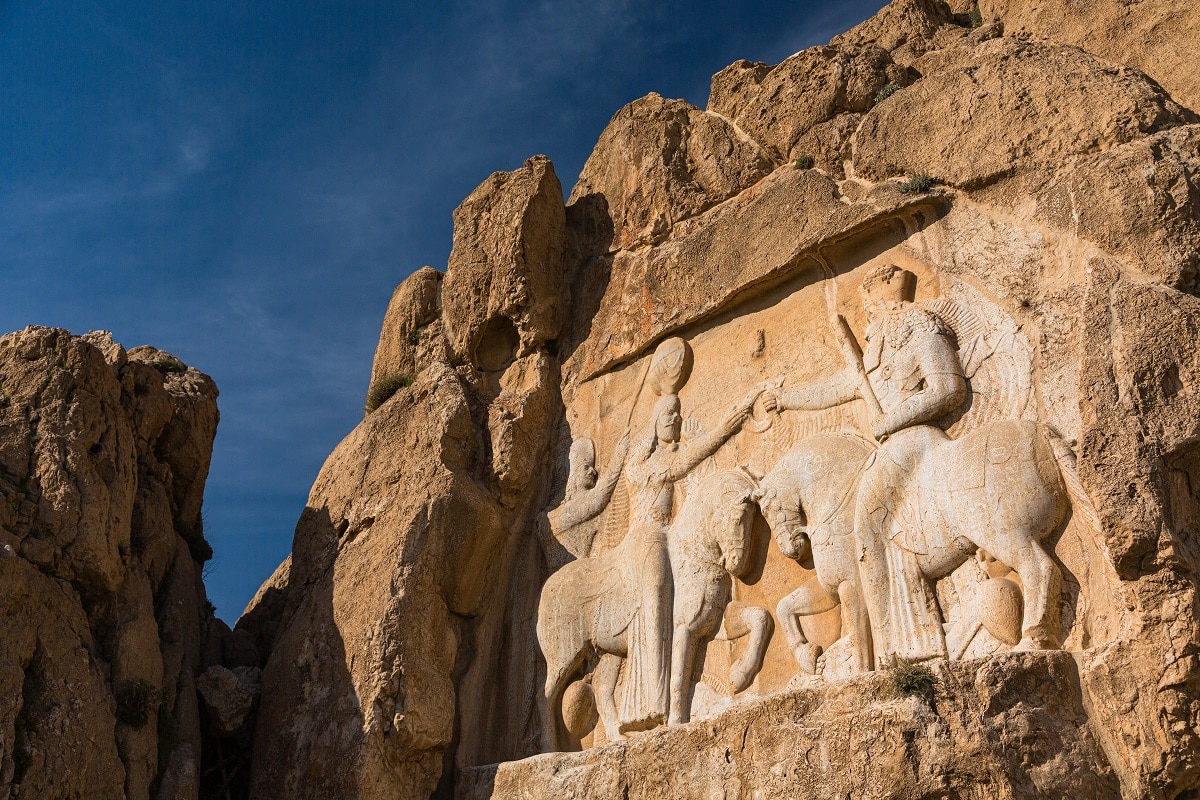
In this civilization, Enheduanna or Enkheduanna stands out as an Akkadian poetess, considered the oldest known writer to date.
According to different interpretations, it’s estimated that she was born in 2300 or 2285 BC. C., in the Akkadian empire.
Her most famous poetic work is “Exaltation of Inanna” whose central theme is devotion to the goddess Inanna.
It’s estimated that, throughout her life, she composed 42 hymns for the Acadian and Sumerian temples.
These hymns constitute the first collection of religious poems in the world and are considered one of the first attempts to elaborate a theology.
#3 Hebrew Poetry

The current Bible preserves a large sample of Hebrew poetry written by various authors in different periods.
Scholars don’t agree on the exact date.
However, it’s estimated that they were written between the 11th and 3rd centuries BC.
The Colombian philosopher and theologian Juan E. Londoño attributes various classifications to Hebrew poetry.
These are:
- Liturgical poetry: Commonly used on the festivals of Israel and pilgrimages.
- Prophetic poetry: From men possessed of the divine.
- Didactic poetry: Its purpose was to teach Israel its traditions. Its main theme is wisdom.
- Sapiential poetry: The meaning of life is questioned.
- Erotic poetry: This poetry is a hymn to the sacredness of the body and the celebration of human passions.
- Royal poetry: This classification refers to texts composed in court to sing to the kings. Also included in this category are psalms for royal weddings, celebrations, and battles.
Characteristics of Hebrew Poetry
It can also be pointed out that there are some specific characteristics within Hebrew poetry:
- It has no rhyme, but it does have rhythm
- Use of choral poetry
- Use of acrostic poetry
- It’s dialogical
- Use of metaphors, similes, tropes, and other techniques of poetry
#4 Chinese Poetry

Poetry in China also has its exponent prior to Greek poetry.
The oldest known sample is the Shi Jing or Book of Songs, an anthology of 300 poems in honor of Emperor Ji Zha during the Chou dynasty.
It dates back to the 18th century BC.
It’s believed that it was the great teacher Confucius who later compiled these works.
His purpose was to use them as his teaching text for the elites on the theory of keeping the heart right.
It’s also believed that most of these poems were written to have a musical accompaniment of traditional instruments such as the qin and the pipa.
This, with the purpose of being sung in traditional ceremonies.
What Is the Importance of Poetry in Greece?
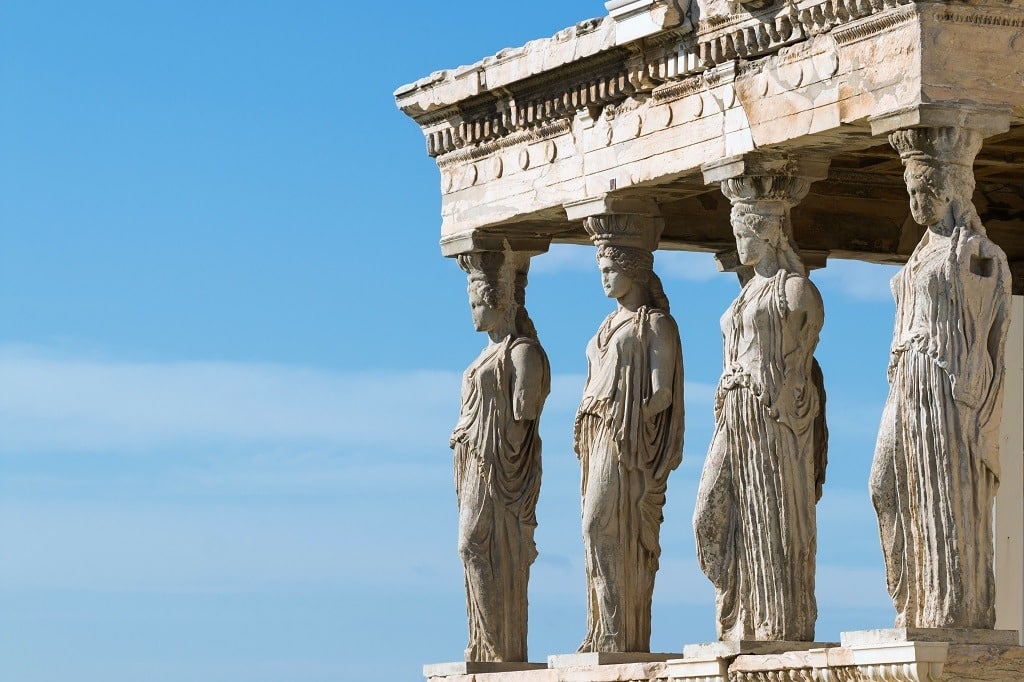
Now we finally made it back to Greece!
According to many, it’s in this civilization where the starting point of Western poetry lies.
This criterion is quite absolute.
Because there is no evidence that Greece could or could not be related to the poetry of other civilizations.
What is certain is that Greek poetry is the one that comes closest to the conception of poetry that has continued to be practiced throughout history and that has reached the present time.
Contribution of Greek Civilization to Poetry
The great merit of Greek civilization was not only to make poetry but to define it.
This culture determined the three great genres of poetry.
These are the lyrical or song, the dramatic or theatrical, and the epic or narrative.
Now, it’s important to note that today, the term poetry is used to talk about lyrical poetry, a subgenre of poetry.
This happens because it’s precisely lyrical poetry that has transcended the most to our days.
I propose you see in more detail what these three great genres of poetry consist of.
Lyric Poetry
Lyric poetry is the most important poetic genre.
Or, at least, the most cultivated. Its origin dates back to the 7th century BC.
It was composed in Ancient Greece to be recited as a song.
So, a musical accompaniment was incorporated could be with a harp or a lyre.
This type of poetry is an expression of the subjectivity, feelings, emotions, and reflections of the poetic voice.
In a simpler way, it can be said that it constitutes a perfect expression of the Self.
This is one of the reasons why this type of composition is generally associated with love and emotional themes.
From a formal point of view, lyrical poetry conforms to the norms of traditional meter: stanza, verse, rhythm, and rhyme.
Epic Poetry
Epic or narrative poetry as a literary genre is distinguished by narrating legendary or historical events such as battles or wars.
It also narrates the exploits of heroes whose glorious behavior makes them a model of virtue (courage, nobility, fidelity, etc.).
In its beginnings, this type of composition also had musical accompaniment and was recited in a sung way, by professionals.
However, it was a much more objective work than lyrical poetry because the poet acted simply as a narrator of events far from him.
This composition is made up of long verses and uses different resources, such as narration, description, and dialogues.
From them, he tells how the events and actions of the story unfold.
Dramatic Poetry
Dramatic poetry was created to be represented in the theater.
This is why its main feature is the use of dialogue.
Its themes are developed around a situation or a set of situations. Mainly events in the life of the characters.
In its origins, this type of poetry was divided into three parts: comedy, tragedy, and drama.
When the story was dedicated to a solemn event and included a tragic ending, it was associated with tragedy.
If the play plot was lighter and its ending happy, it would be associated with comedy.
How Did Poetry Evolve From Greece? (6 Historical Periods)
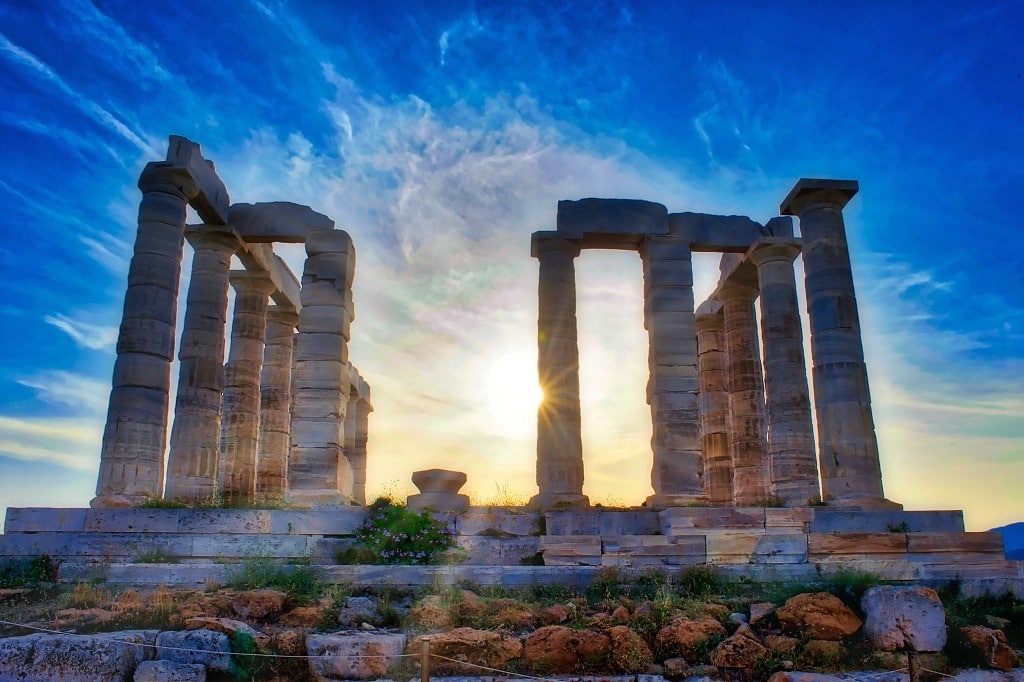
Well now, poetry, as well as other artistic manifestations, was affected by the political, economic, and social changes that history has gone through.
It is logical to think that poetry evolved from Greece.
To deepen this sense, I propose you see the main characteristics of poetry in each of these historical periods.
#1 Rome as a Bridge for Poetry
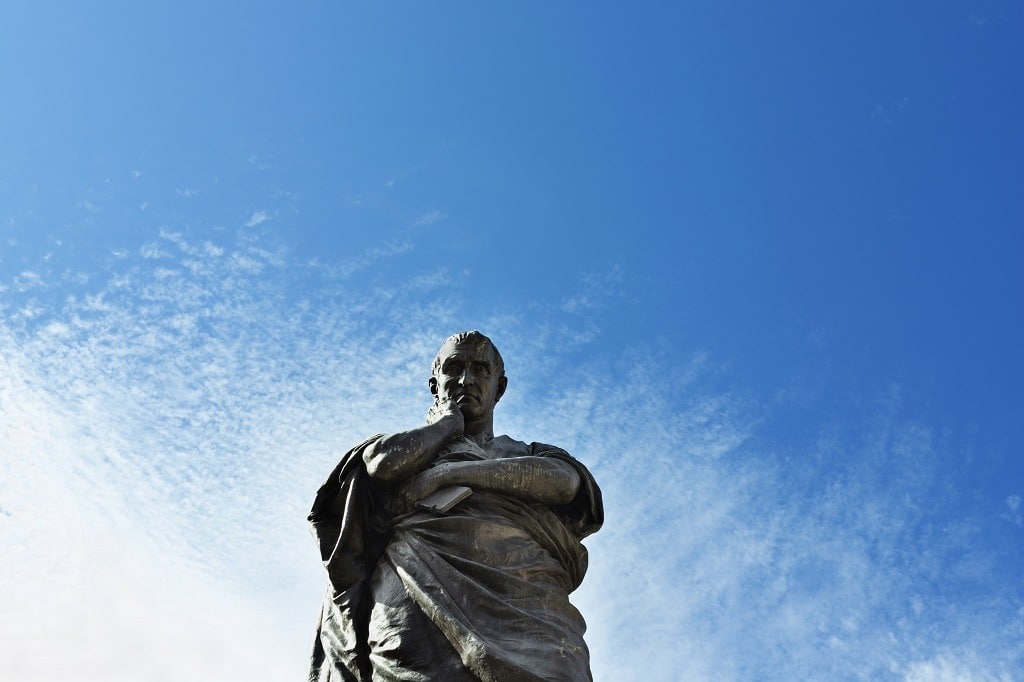
Lyrical poetry arrived in Rome in the first half of the 1st century.
From here on, Roman poets began to write poems characterized by subjectivity.
So, the themes are focused on sensitivity. For example, life, death, love, and hate.
From the structural point of view, poets are concerned with metric and prosodic perfection, that is, accents in poetry.
The main poetic compositions that are recorded at this stage belong to the poets Catulo, Horacio, and Virgilio.
Now, it is precisely through the Romans that lyrical poetry reaches Europe.
In the first instance, it will be written in Latin, and later it will evolve until entering the Middle Ages and expanding into other regions and languages.
#2 Middle Ages
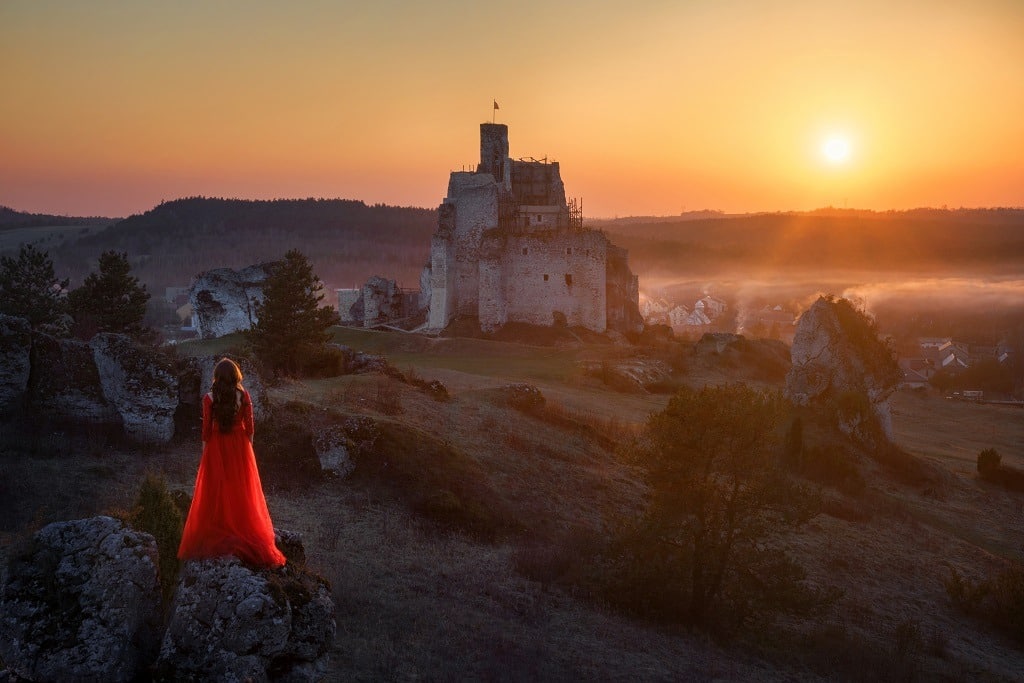
The Middle Ages or medieval times extend from the collapse of Roman civilization, in the 5th century, to the 13th and 15th centuries approximately.
In this period, poetry is divided into two large categories:
- Popular or traditional poetry
- Cultured poetry
Popular or Traditional Poetry
Popular or traditional poetry deals with the affairs of everyday life. This category includes both lyrical and epic poetry.
Another important fact is that at this stage, the figure of the minstrel stands out fundamentally as a poet or declaimer of poetry.
The minstrel is a character who travels through castles and villages. Among his functions is to inform the public of current events. In addition, he is funny, does stunts, composes songs, and declaims poetry accompanied by instruments.
Cultured Poetry
Cultured poetry originates before the 15th century, but it’s in the Middle Ages when it reaches its peak.
It has a consonant rhyme, and the themes of its verses are usually related to ecclesiastical activities.
The fundamental purpose of this poetry is to bring the cultured and religious themes closer to the people. So, it teaches about religion and morals.
That is why these compositions belong to cultured writers whose content respects the maximum rigors of metrics.
Those in charge of declaiming these poems are the clergy. Learned and knowledgeable men of Latin and ecclesiastical knowledge.
Characteristics of Poetry in the Middle Ages
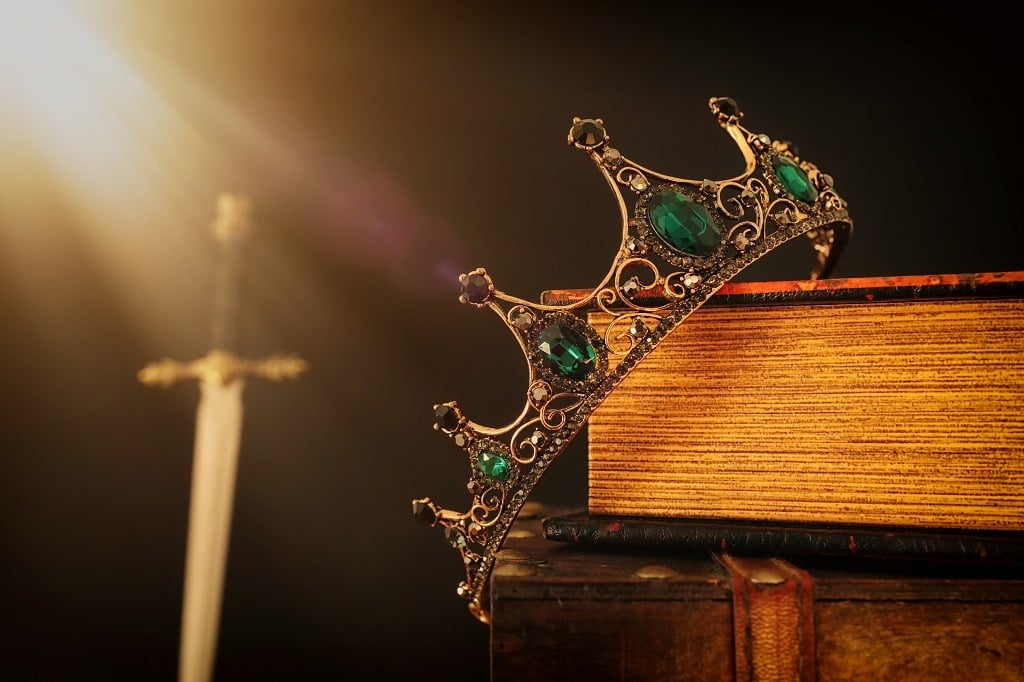
From what has been shown, I will summarize the general characteristics of poetry at this time:
- Division of poetry into two major categories: popular and cultured.
- The use of the lyrical genre to express the strong romantic sentimental character that flourishes in Europe.
- The Epic or narrative genre is maintained to relate real events about the heroes’ exploits.
- It is mostly anonymous.
- Oral dissemination.
- Intended to be declaimed or sung.
- The main worshipers and declaimers are minstrels and clerics.
#3 Renaissance
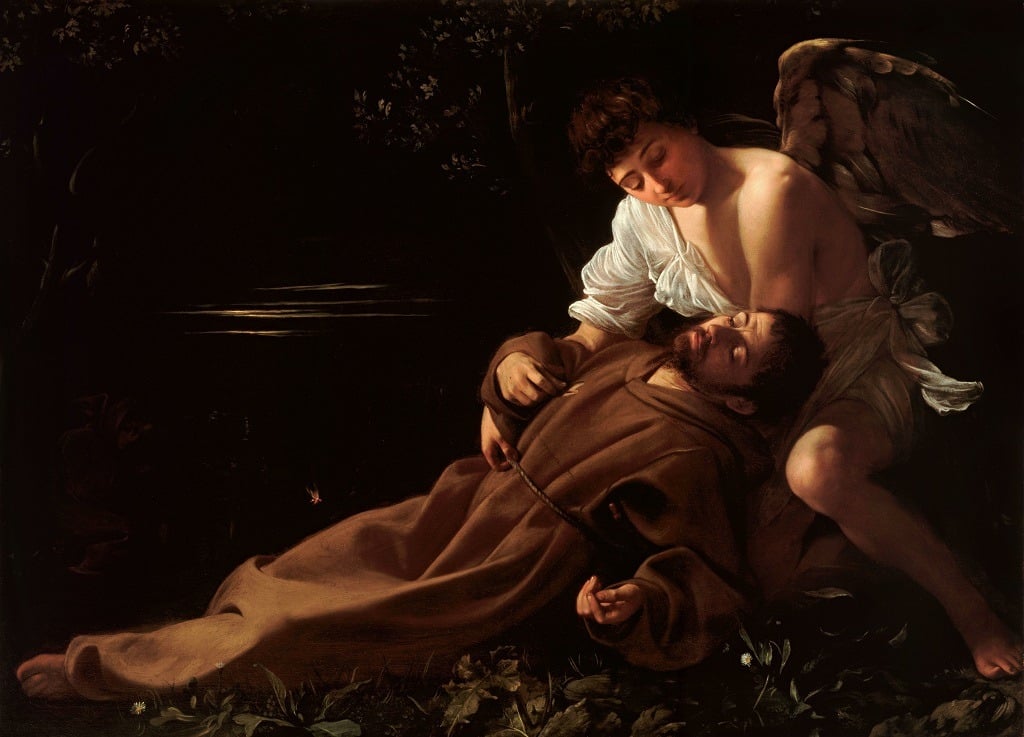
The Renaissance brought with it economic progress and the birth of an educated elite linked to universities, royal courts, diplomacy, and even the enriched bourgeoisie.
That is why most of the poets of this time have exquisite academic training with knowledge of dead languages and romances, studies of history, music, or theology.
This means that Renaissance poetry abandons popular themes to give way to cultured poetry.
Made by literate people who find in their fellow readers, followers, and imitators.
On the other hand, Renaissance poetry seeks new forms, themes, ideas, and models in which to express the radical changes in the worldview of the time.
Hence, the works of classical antiquity are reread to be subjected to criticism.
Characteristics of Poetry in the Renaissance
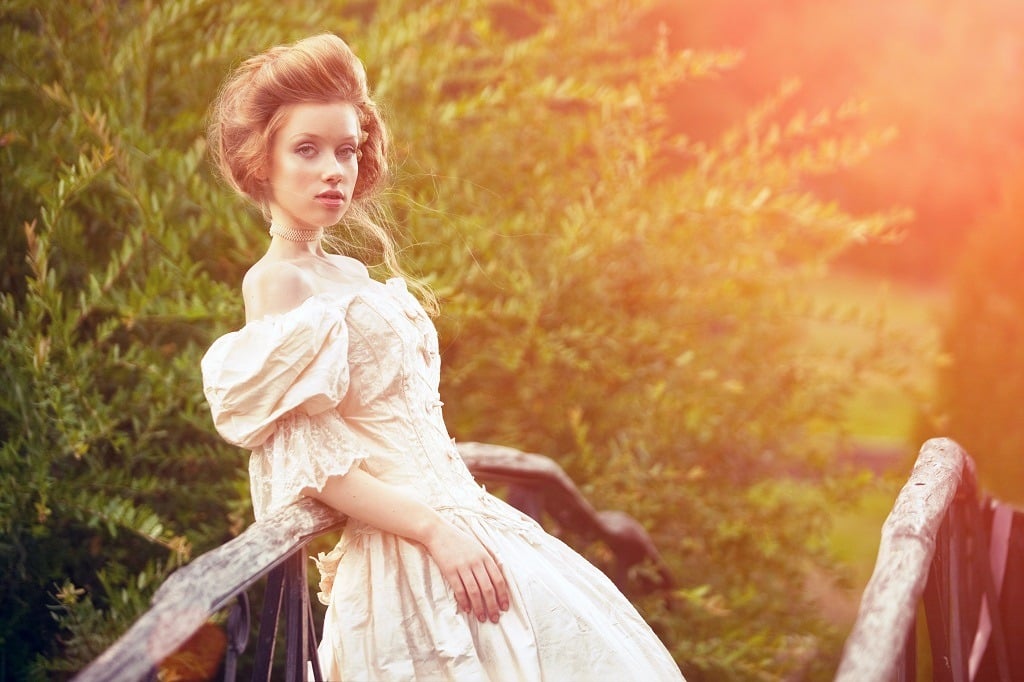
Poetry at this time has nothing to do with previous poetry. Here, lyrical poetry prevails with characteristics such as:
- The use of artificial language and elegance.
- The verses are filled with metaphors.
- The main themes are platonic and idealized love for women.
- The physical beauty and spiritual virtues of women are exalted.
- Scenarios are described where the beauty of nature is praised.
- The worldview of the world changes.
#4 Neoclassic
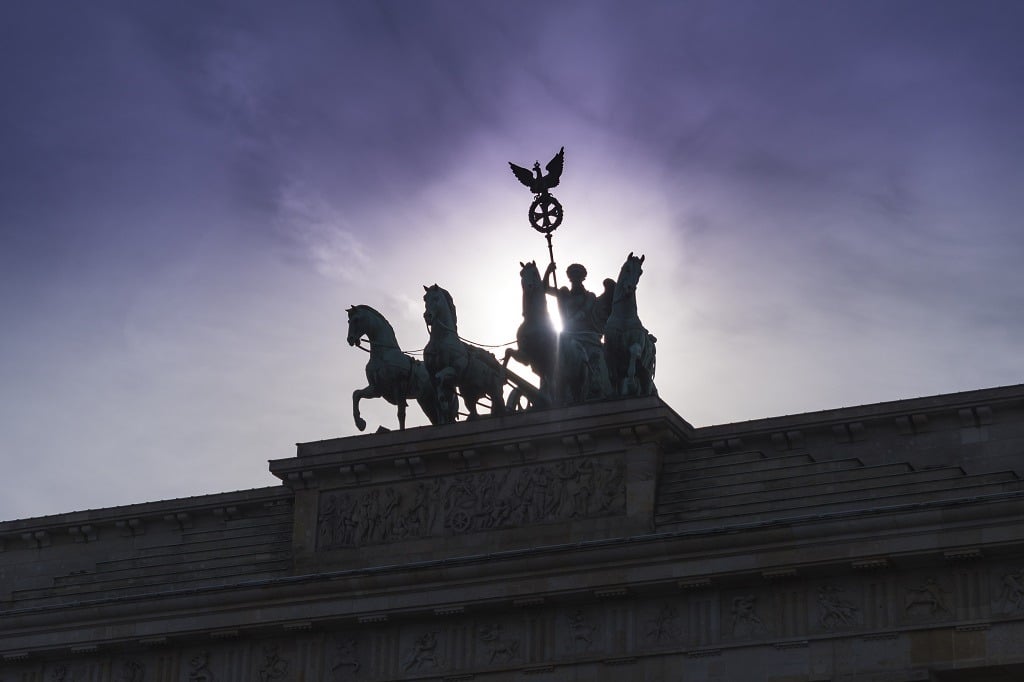
Neoclassicism was an artistic and literary movement that emerged in the mid-18th century.
Its basis was the renewal of the philosophical and aesthetic values of Classical Antiquity and the cult of reason.
The neoclassical poets were great followers of classical rules.
This leads them to totally break with the Renaissance style that advocated lyricism and idealization.
The classic is opposed to everything sentimental and not very objective.
It’s important to mention that at this stage, the poetic diction of neoclassical poetry is completely different from the Renaissance one.
Neoclassical poetry is restricted, concrete, and rigid.
In the poetry of this period, several trends stand out that are related to the earliest, middle and late stages:
- Neoclassical poetry seeks a return to classical and Renaissance poetry.
- An illustrated, rational, didactic poetry.
- Pre-romantic poetry that advances the consolidation of individual sensitivity.
Characteristics of Neoclassical Poetry
Some of the most important characteristics that distinguish neoclassical poetry are:
- Realism: The compositions present the real image of society harshly. They avoid abstract ideas, imaginations, thoughts, and idealism in their poetry.
- Rationalism: Reason and intellect are the dominant elements.
- Objectivity: Poets focus on the miseries, difficulties, and problems of people. They eliminate subjectivity.
- Morality: Emphasis on morality and the didactic aspects of poetry.
- Non-passionate lyricism: Neoclassical poetry lacks lyrical features due to the lack of interest of poets in their passion, feelings, and emotions.
- Academic allusions: Neoclassical poets, being highly educated and versed, used allusions to convey their message.
#5 Romantic
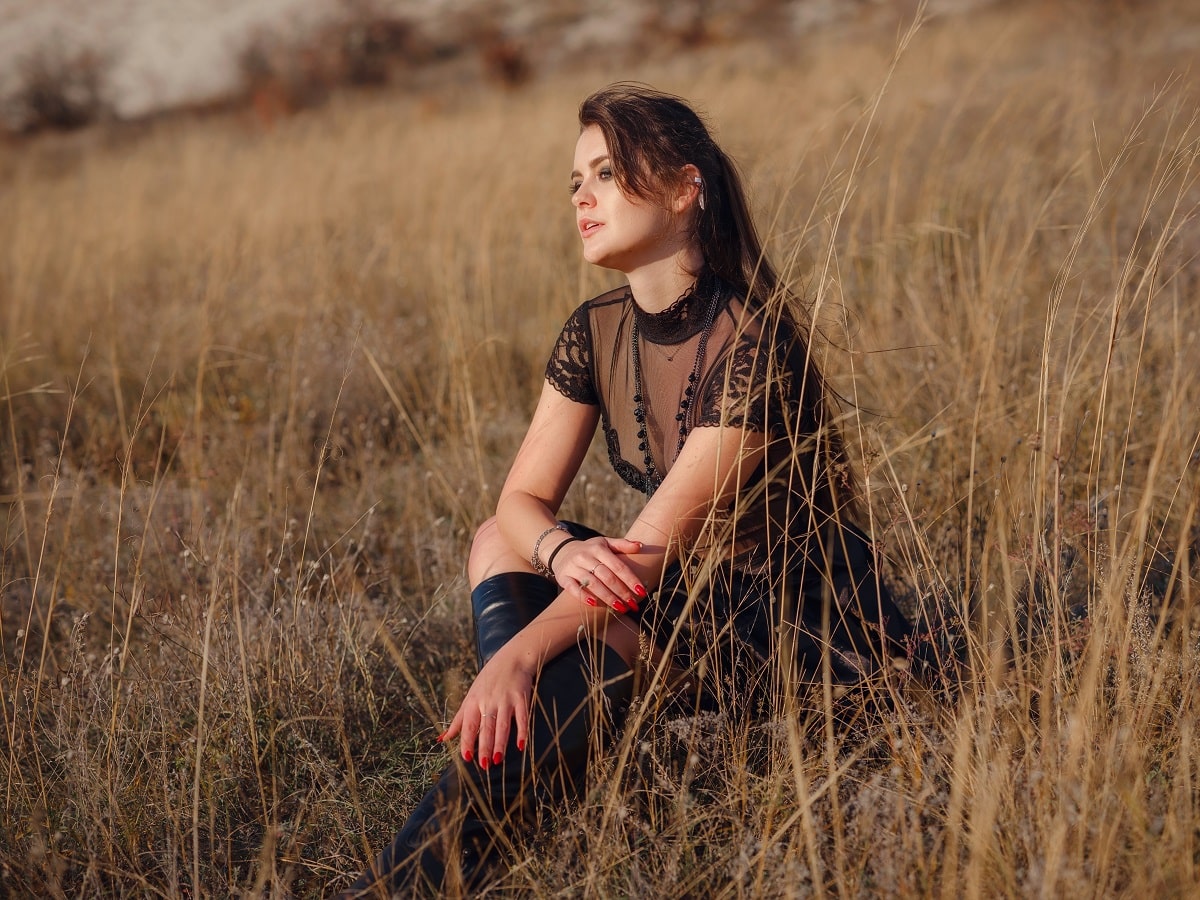
Romanticism as a cultural movement developed in most of the world from the end of the 18th century.
Its extension allows critics to consider it one of the most influential movements in the world.
The romantic poets are opposed to the rationalism that characterized the neoclassical.
So, they allow emotions and imaginations to guide poetry.
Mentioning all the outstanding poets of this stage is impossible due to the numerous exponents in various countries.
Some of the most important are: Walt Whitman and Edgar Allan Poe, in the United States.
Lord Byron and William Blake, in the UK. Gustavo Adolfo Becker and Rosalía de Castro, in Spain, and Aleksandr Pushkin, in Russia.
It is important to mention that Russia had its golden age of poetry precisely in this style.
Specifically, in the poetry of this period, two main trends stand out, intimate lyric poetry and narrative poetry.
Lyric Poetry
Lyric poetry is what the poet uses to express his feelings and his frustrations.
That is why, in these compositions, it’s common to find expressions of feelings such as love, disappointment, or loneliness, as well as social or religious themes.
Another feature is that poets usually use symbols to define their state of mind.
For example, the moon, autumn, sunsets, fog, and ruins are mentioned to show sadness, and nostalgia, among others.
Perhaps this poetry resembles that of the Renaissance to you.
In a certain way, it does.
The fundamental difference is that the Renaissance talks about platonic and ideal love towards the couple.
While here the concept of love is much broader and addresses not only the couple but the homeland, and nature, among others.
Narrative Poetry
Do you remember that I previously referred to epic poetry as epic or narrative poetry?
Well, at this moment, the academics will only call it narrative poetry. Although, its meaning is the same.
This type of poetry was kept in the romantic style to deal with legends and historical themes.
One of the characteristics of this composition is that the main character acts as the narrator, and although there is no dialogue, sometimes two voices are included.
Characteristics of Poetry in Romanticism
I propose in a summarized way some of the most important characteristics of poetry in the Renaissance:
- The author’s feelings and passions take precedence over reason.
- The egocentricity of the self in front of the environment.
- Irrational vision softened by the imagination and the author’s state of mind.
- Passionate and exaggerated style.
- Individualism and personal vision of the world.
- Evocation of nature.
- Nationalist and patriotic sentiment prevails over everything foreign.
- Use of ancient and folk sources.
- Myth and symbolism are considered a way of communicating.
- Interest in society and politics.
- Themes about impossible and passionate love that always leads to a tragic destiny.
- Metric freedom.
#6 Twentieth Century
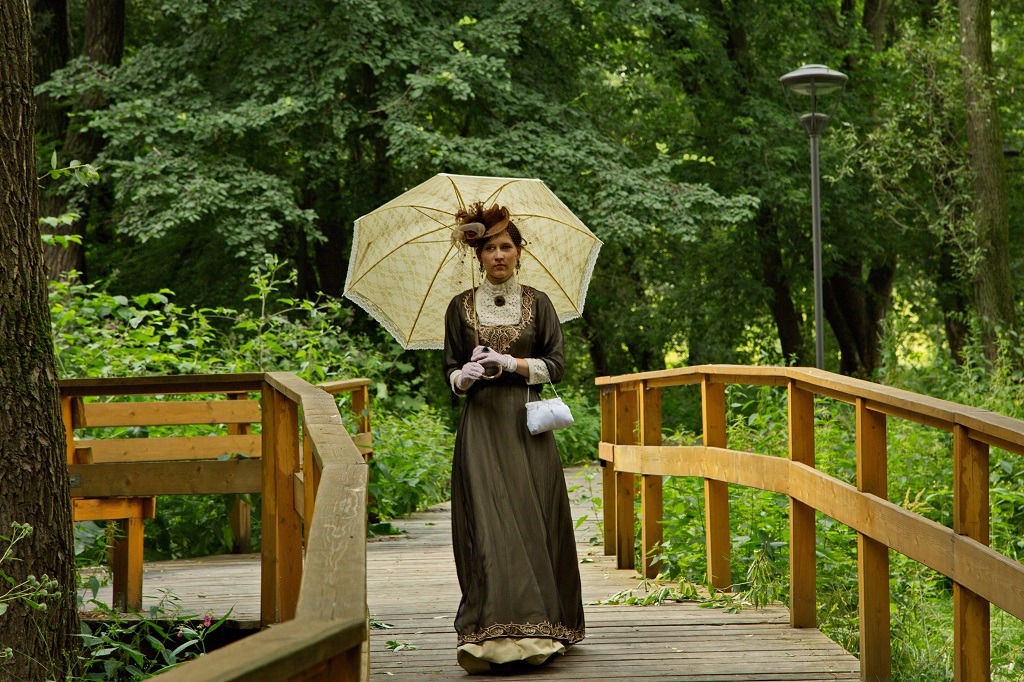
The 20th century has arrived!
This is one of the most difficult periods to address and define due to its complexity and variety.
I propose you go by parts.
First, it is important to note that a large number of poetic works from this period, as well as their variety, is due to several factors.
I summarize some of them:
- The great technical and scientific innovations that led the world to a series of profound social and cultural changes.
- The World Wars that changed the conception of the world and, of course, of poetry.
- The rise of the Publishing Industry allowed greater and more frequent publications.
- Numerous exponents by country, which led to the creation of poetry with its own characteristics.
Characteristics of Poetry in the 20th Century
On the other hand, it’s necessary to understand that these facts, among many others, were what caused the arts in general, and especially poetry, to change drastically.
This is why the poetry of this period assumes totally different characteristics from the previous ones. Some of them are:
- Greater freedom of expression.
- Break with the metric.
- Break the rhyme.
- The use of free verse is advocated.
- Renewal of language.
- The vanguards appear.
How Did the Vanguard Transform Poetry? (4 Movements)

The avant-garde emerged within the framework of the twentieth century.
Due to its complexity and importance, let’s see them separately.
The vanguards emerge as a result of the failure of war and discontent with society.
That is why the artists of this period set out to change everything they didn’t like about the new times.
Specifically, all the arts, including poetry, set out to radically break with the heritage of traditional canons.
The goal was to violently blast your way into new ways of thinking, experience, and expression.
The artists took on this task as a desperate and vital gesture, without concessions.
A desire for liberation motivates this movement.
General Characteristics of the Vanguard
The conclusion is that avant-garde poetry, like other artistic expressions, is characterized by breaking with literary conventions.
This poetry is considered lyrical because it gives priority to the imagination.
Here are a few of its characteristics:
- Suppresses rhyme and meter.
- Eliminates punctuation marks and capital letters.
- Adapts the form to the poem’s theme.
- Introduces everyday elements as poetic elements.
- Plays with the arrangement of words to create new effects.
- Irrationalism.
- Distortion of reality.
- Inclusion of seemingly absurd matters.
Now, avant-garde poetry took various forms.
That is, it manifested itself in accordance with each of the different movements of this time.
#1 Expressionism
Expressionism is one of the trends of the twentieth century.
Specifically, expressionist poetry developed notably in the years before the World Wars.
This is one of the reasons why the main topics addressed are: life in the big city, loneliness, isolation, madness, alienation, anguish, illness, death, sex, and the premonition of war.
These themes are expressed in concise and penetrating language.
It is shown with a pathetic and desolate tone that puts expressiveness before communication.
Another effect of expressionist language is the perception of space and time as something subjective.
Therefore, the poet usually uses a simultaneous presentation of images and events.
Although, in some cases, they maintain the traditional metric and rhyme, and in others, they resort to a free rhythm.
#2 Futurism
Poetic futurism presents big differences from Expressionism.
In this movement, the poets exalt strength, activity, the worship of the machine as an extension of intelligent man, war, the spirit of conquest, nationalism, and imperialism.
The goal of futurist poetry is immediate communication.
That is, to impact the reader rather than show a meaning.
It also rejects any expression of feelings and advocates a statement of words without syntax and punctuation.
Filippo Tommaso Marinetti, the founder of the movement, encouraged poetic construction from materials taken from outside.
For example, mathematical and musical signs, among others.
Another important fact regarding this movement is that futurist poetry exalts the sensual, the national, and the warrior. In addition, it advocates the sensation and suppression of the self.
Regarding typography, poets used different colors, types, and sizes of letters in the same poem.
#3 Dadaism
Dadaism as a movement rebelled against all social and artistic conventions.
This is why the poetry of this movement constitutes a harsh criticism against the bourgeois artist.
In other words, the poetry of Dadaism is a protest by way of scandal and provocation.
For its composition, it uses unconventional means of expression.
For example, they used the assembly of fragments and discarded objects, such as words cut out of a newspaper and placed at random. As reflected in the poem by Tristan Tzara.
This poetry rejects all logical principles.
Hence, the poetic result is based on the absurd, the worthless, and the ironic.
More specifically, it can be said that the poetry of this movement was based on the sense of criticism and not on its meaning.
Its composition avoided sticking to any traditional parameter.
#4 Cubism
The cubist poem is born from pictorial Cubism. So, it has many similar traits.
For example, it’s characterized by the instantaneous juxtaposition of autonomous and detached images. It also recreates the visual and despises the auditory.
The poetic cubist image is intricate, like a mosaic.
The cubist poem seeks to recompose reality by mixing images and concepts at random.
So, there is no anecdote, no plot, no story.
In the cubist poem, each verse or double verse is an independent cell.
By joining with others, he succeeds in placing the poet himself as the unifying center. One of his contributions was the calligram.
Cubist poems are also usually happy and festive and reject poetic and sentimental attitudes.
How Did Contemporary Poetry Come About?

At this point, you can already get an idea of the great changes poetry has undergone from its early stages to the present.
As evidenced, there have been many.
The best part is, at each stage, poetry has been able to nourish itself with new elements and discard those that aren’t necessary for it.
In each case, it has been adapted to the expressive needs of the poet. In addition, poets of the past have left an invaluable legacy.
Today, you can see the past and enjoy great poetic works.
Characteristics of Contemporary Poetry
Some characteristics of contemporary poetry are:
- The search for their own rhythm without having to submit to the restrictions of rhymes or metrics.
- Writing in verse or prose.
- Incessant search for originality in literary creation.
- Adoption of radical aesthetic creeds against traditional artistic norms.
- Technical experimentation in the use of language and verbal freedom.
- Grammatical breakdown as an effect of emotional tension.
How Many Types of Poetry Are There? (13 Popular Types)

After reading the emergence of poetry and its evolution, you may have noticed that there have been many types of poetry.
You may even be wondering how many types of poetry are there.
I’m sorry to tell you that I can’t give you that answer.
Many types of poetry exist, not only by period but by country and region.
Additionally, new writers can invent poetic forms at any point in time, simply by coming up with a formula and announcing it as a form. If it catches on, it becomes a new type of poetry.
Making a list of the types of poetry would therefore be endless and constantly changing.
What I can do is show you some of the most widespread and important.
#1 Choral Poetry

Choral poetry, as its name indicates, is characterized by being interpreted by a set of voices.
It is primarily intended to be recited publicly by a group of people.
In this way, the voices interweave as in a choir.
Choral poetry was likely created to be sung as a song to the gods.
That is why its origin dates back to ancient times.
#2 Acrostic Poetry

The acrostic is another type of poetry.
Its main characteristic is its structure.
This is focused on the initial, middle, or final letters of each verse or sentence.
To form a word when read vertically.
This type of poetry has a simple composition.
Do you remember that I mentioned that it is used in the Psalms of the Bible?
#3 Ode

The ode is a typical poetic composition of the ancient Greek tradition that belongs to the lyrical genre.
Its structure, length, and metric are variable and are divided into stanzas or equal parts.
The themes are varied.
In them, values are usually exalted and can be devoted to great themes such as love, war, death, philosophy, among others.
Usually, they contain some reflection of the poet.
#4 Jintishi

The Jintishi is a Chinese poem from the 5th century.
It was born within the Tang Dynasty, the golden age in Chinese poetry.
This composition creates patterns that allow a balance between the four tones of Middle Chinese to be achieved.
Due to this characteristic, it can only be composed in this language.
So, if you want to write a Jintishi, you better become a Chinese language expert.
#5 Rondeau

The Rondeau is a lyrical French composition.
Its origins date back to medieval times and the Renaissance in France.
It consists of 3 stanzas divided into verses 5/3/5 or 4/2/4. It has 2 rhymes and a popular chorus.
There is also a musical composition and a dance with this name.
#6 Haiku
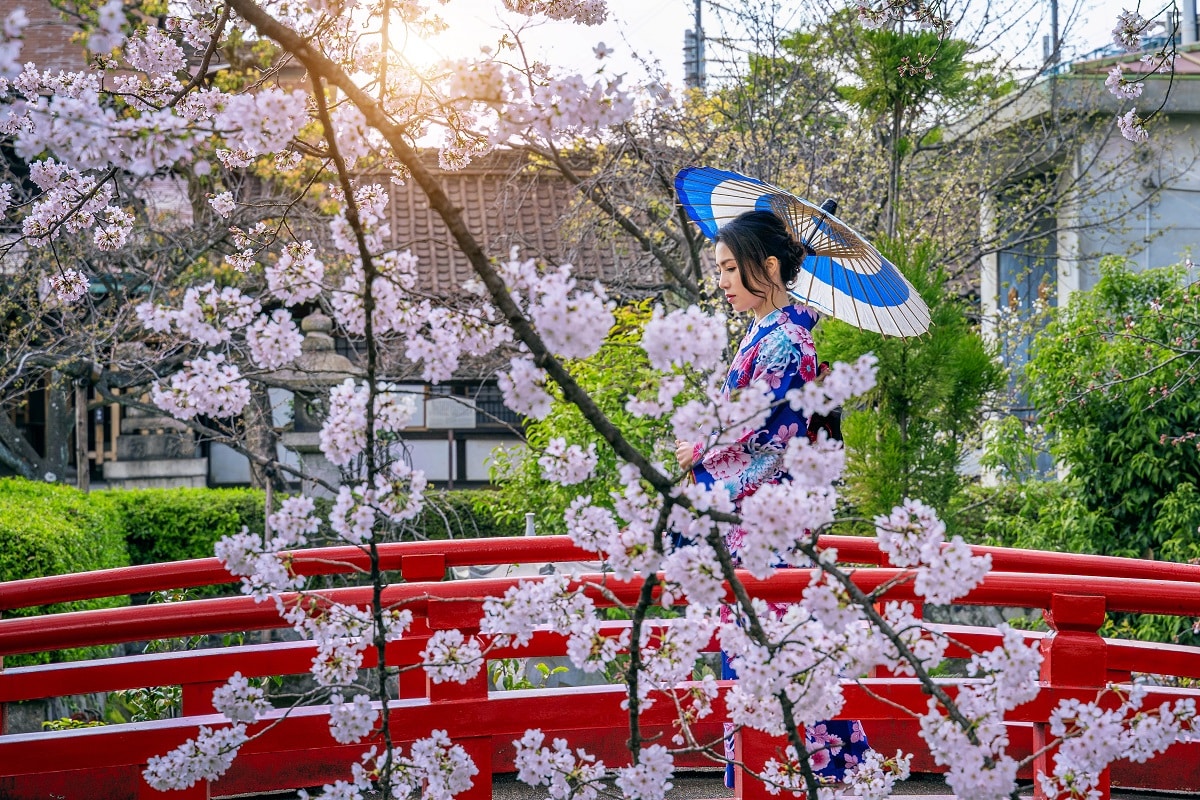
Haiku is a Japanese poetic genre whose form comes from the late 15th century.
It’s a short poem made up of 17 syllables, organized in the 5/7/5 scheme.
This composition has no rhyme and is characterized by its simplicity and subtlety.
It’s considered one of the most beautiful forms in Japanese literature.
#7 Madrigal Poetry

Madrigal poetry was one of the most popular compositions during the Renaissance.
It has its origin in lyrical poetry.
It’s brief and reflects love feelings in an intense way.
In its structure, it uses a free combination of hendecasyllable and heptasyllabic verses.
#8 Elegy Poetry

Elegy poetry is another of the many types of poetry.
It also belongs to the lyrical genre.
It has a formal character and is focused on expressions of regret and pain.
The themes are usually suffering from a lost love or the death of someone.
#9 Idyllic Poetry

If you like romantic themes, I recommend idyllic poetry.
In this composition, everything related to love for a partner, country life, and the sensuality of the environment is addressed.
As these themes are loving and erotic, they have a melodious musicality.
In this way, desire is accentuated, and sensual imagination is evoked.
This composition is usually short and simple.
#10 Bucolic Poetry

Bucolic poetry is directly related to idyllic poetry.
The difference is that it develops only linked to life in the country.
Therefore, its main inspiration is in the country landscape and pastoral life.
#11 The Sonnet

The sonnet is one of the characteristic poetic forms of Spanish Baroque.
It has 14 verses that are organized into four stanzas.
Two quartets and two and two tercets.
The verses of the quartets rhyme the first with the last and the second with the third.
While the tercets rhyme the first with the third and the others with each other.
In England, a variant of the sonnet created by Henry Howard is also developed.
It has 13 or 15 eight-syllable verses with two rhymes divided into three couplets and supported by a chorus.
As a curious fact, the English language has William Shakespeare as its greatest exponent of this genre.
#12 Free Verse

Free verse is characterized by its intentional break with rhyme and meter patterns.
It’s similar to poetic prose and prose poems.
Free verses have the property of maintaining the traditional typographic location of the verses.
#13 Poetry in Prose

Prose poetry is a hybrid text form developed in recent years.
It constitutes a union between what is traditionally considered poetry and prose.
Discover the Diversity of Poem Types: From Familiar Forms to Hidden Gems
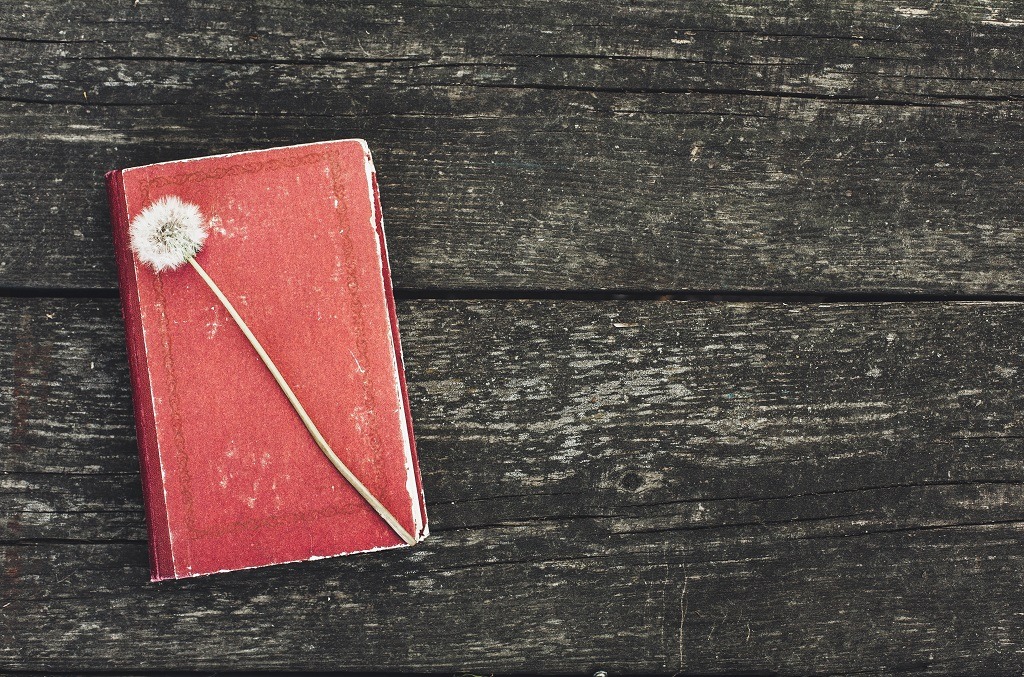
What if you went down the poetry types rabbit hole all the way?
From the mundane Sonnet to the rare mistress bradstreet stanza to Grammarly’s worst nightmare cro cumaisc etir casbairdni ocus lethrannaighecht.
So if you want to discover poem types, then you’re in the right place.
Let’s get started with that poem types collection!
